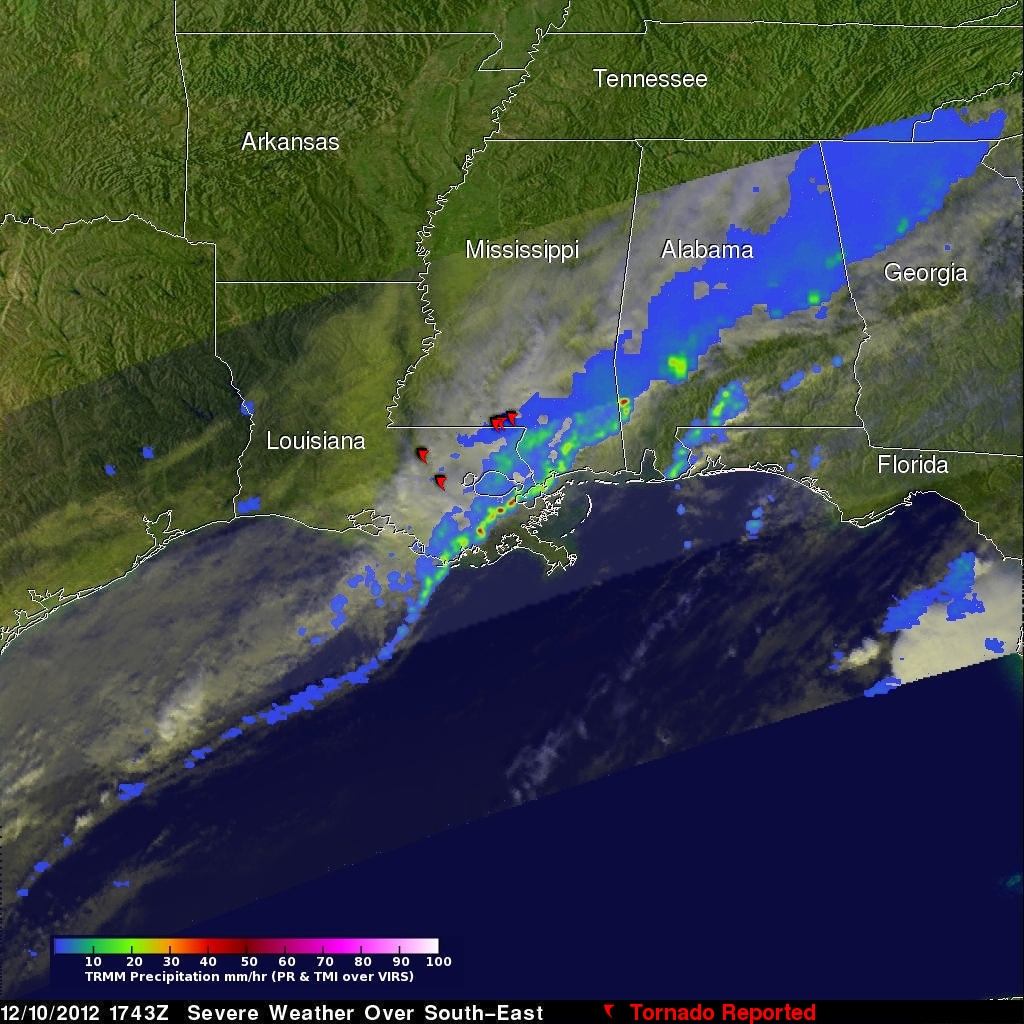Extreme weather is a reality of life on our planet, and one of the most terrifying forms of it is the tornado. Tornadoes are characterized as violently rotating columns of air that stretch from a thunderstorm to the ground, with wind speeds that can reach up to 300 miles per hour. When this happens over water, it is known as a waterspout. Although tornadoes can occur anywhere in the world, they are most common in the United States, with around 1,200 tornadoes happening each year.

When someone hears the word “tornado,” the first thing that comes to mind is often the image of high winds lifting and carrying away objects such as semi-trucks, cows, or boats. The wind speeds in a tornado are strong enough to demolish well-built buildings and propel debris miles away. Ordinary items are turned into projectiles that can quickly fly through glass and even pierce walls. Even after the storm, debris can continue to be dangerous as it obstructs roadways or exposes live electrical wires.
Tornadoes are also associated with violent thunderstorms that may result in heavy rainfall, large hail, and flash flooding. These elements combined can create hazardous road conditions and flood low-lying areas, effectively trapping some people at the mercy of the storm. During a violent storm, the last place you want to be is in a non-sturdy structure surrounded by water. To make matters worse, the same thunderstorms that generate tornadoes are also highly electrically charged, with many strong lightning strikes. These strikes can cause fires, electrocution, and damage electrical systems.

In addition to the physical damage caused by a tornado, it can also have a significant psychological impact. The fear and anxiety associated with being in the path of a tornado can be overwhelming, and the aftermath of a tornado can be devastating. People who have experienced tornadoes may suffer from post-traumatic stress disorder (PTSD) and may find it difficult to return to their normal lives. If you or someone you know is struggling, please call SAMHSA’s National Helpline at 1-800-662-HELP (4357) for free, confidential mental health advice.
So, what can you do to stay safe if you find yourself in the path of a tornado? The most important thing is to seek shelter immediately. If you’re inside a building, go to the basement or a small interior room on the lowest level. Stay away from windows, and protect yourself with a mattress or blankets to shield yourself from flying debris. If you’re outside, try to find a low-lying area and lie flat on the ground, covering your head and neck with your hands. Do not attempt to ride out the storm in your vehicle; instead, seek shelter under an overpass or even a culvert.
Being aware of the dangers of tornadoes and knowing how to stay safe can help mitigate the impact of these natural disasters. Remember to keep yourself informed of weather alerts and take action to protect yourself and your loved ones when needed. Stay safe!
